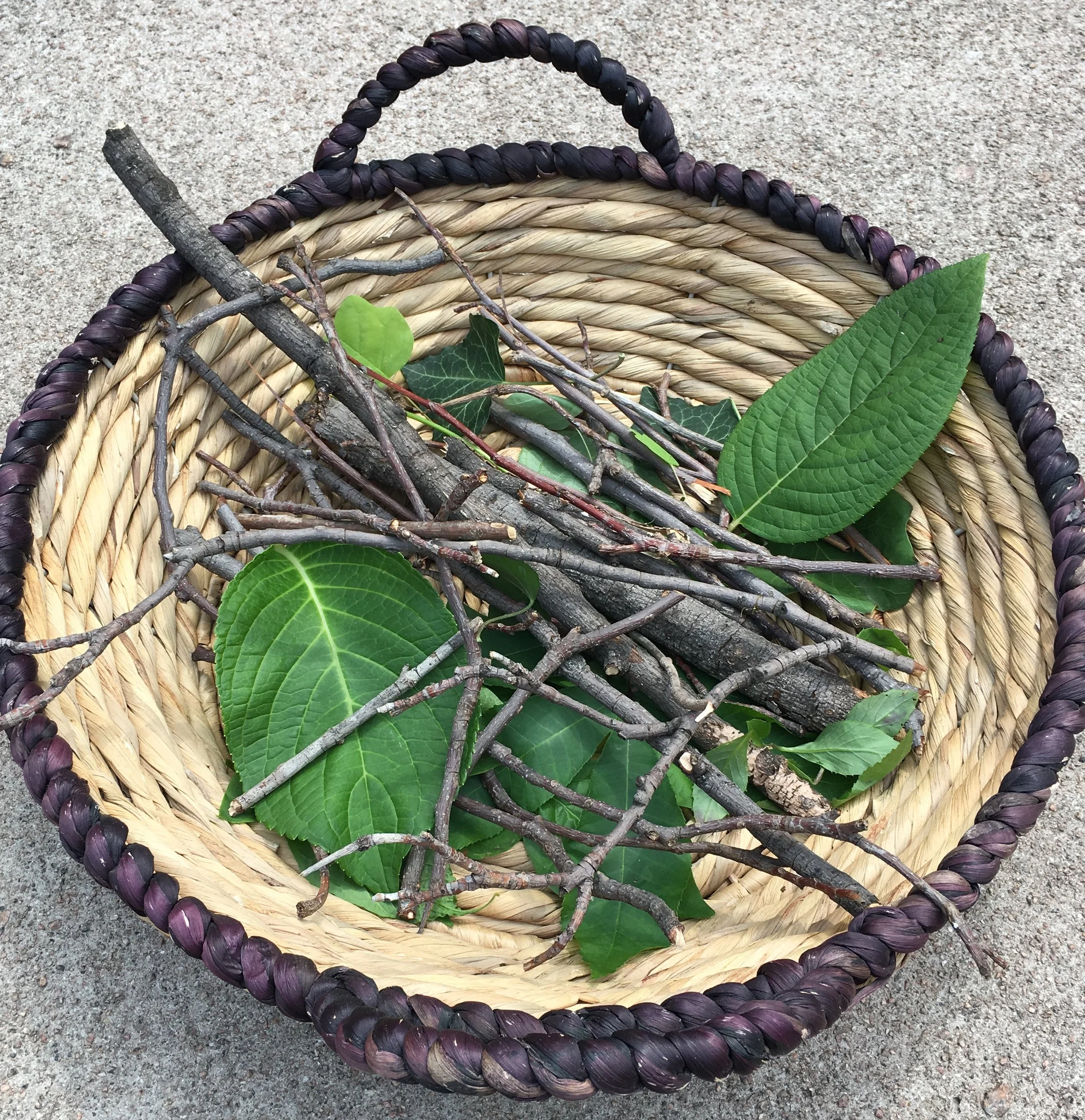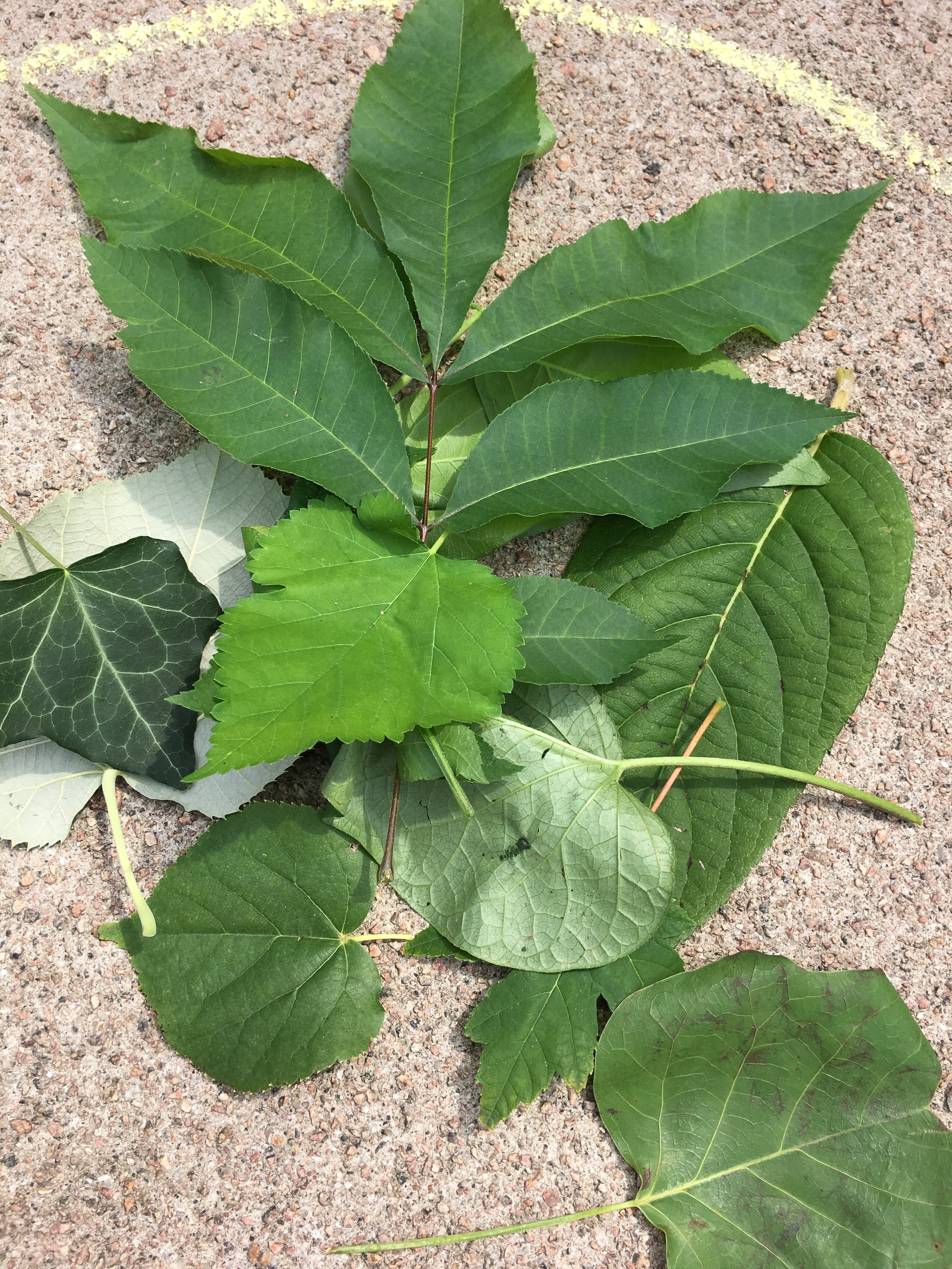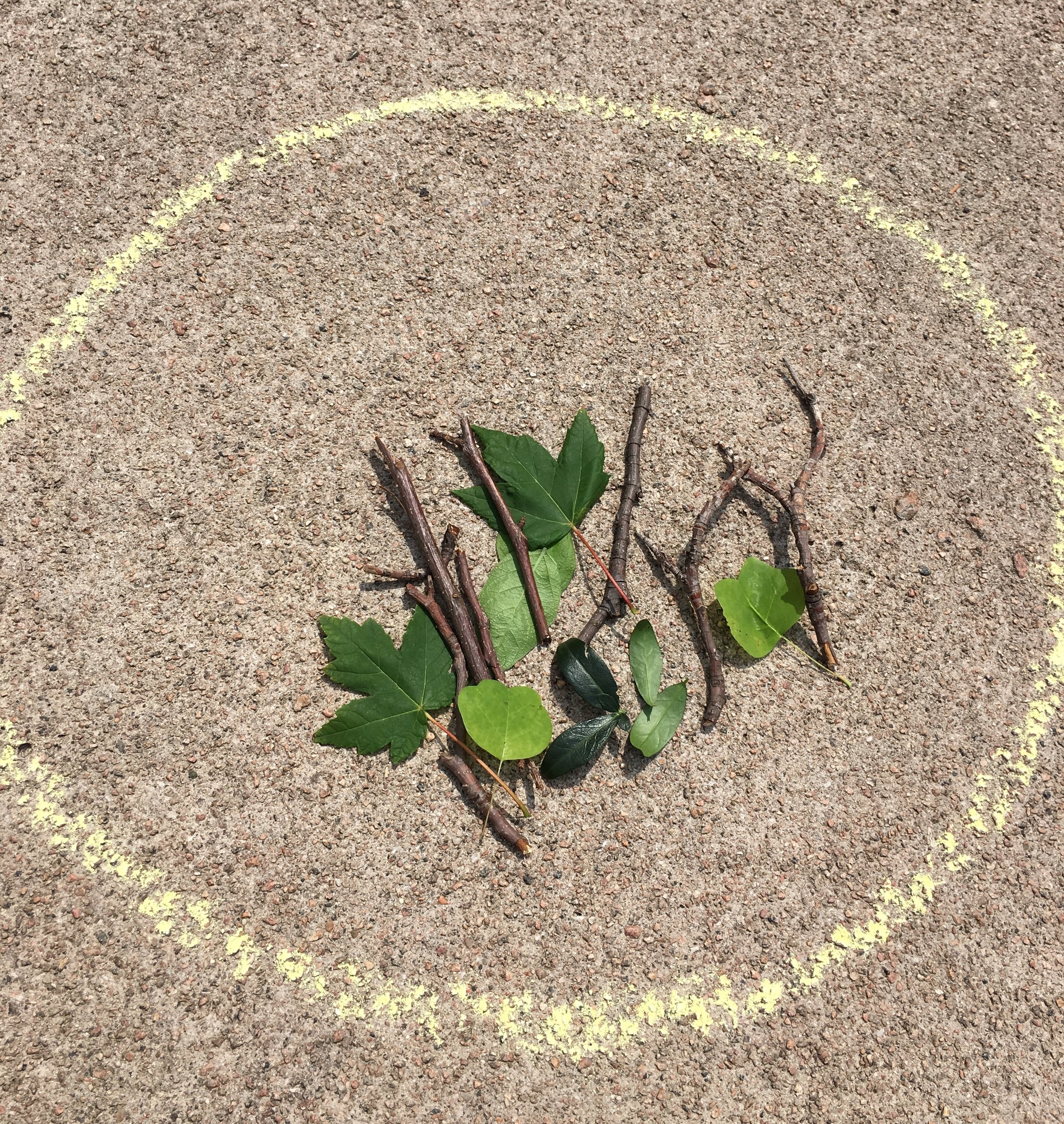“Attributes can be used to sort collections into sets”
-Erikson Institute’s Early Math Collaborative
The first time I noticed my daughter sorting she was about 9 months old. I placed the tiny finger foods on her high chair tray and she quickly gobbled up the cheese. When cheese was gone, she moved on to the fruit, leaving only the peas and carrots behind. On her tray were four items mixed together and quickly she used her ability to sort items into groups, cheese- her favorite, fruit- her second favorite, and the rest, leaving me with both disappointment (she didn’t eat her vegetables again!) and sheer amazement.
“Children are born learners who are naturally interested in math in their everyday experience. They’re very aware of math concepts that are important to them.” -Gennarelli, C. & DeBlasio, M. (2017)
This activity is all about creating sets, items that are grouped together or sorted in a meaningful way. Materials in a set share a characteristic or attribute, for instance, leaves or not leaves, green things, brown things, rough, smooth, etc.
Children show us what they know about creating sets when they sort.
Playful Invitation
1. Prepare: Gather leaves and sticks. Start with only two different materials, then three or four as the child’s sorting skills increase. Draw two circles on the ground with chalk.
Observe the child throughout the interaction. Use the Invitation to Play Documentation Tool to collect data.
2. Invite: Make piles of all the things that belong together?
3. Play: Point to a pile. Why did you put these together? Allow the child time to think. Listen to the child's reasoning. Did they sort based on a common attribute?
Model thinking: Oh, so you put all the ______ in this group and all the ______ in this group! Those are the same and those are the same. Model sorting (if necessary): Look, I’m going to put all of the leaves here and all of the sticks there. Is this a leaf or a stick? A leaf! OK so that goes here...
4. Reflect and Assess: What attribute did the child identify when they sorted? Did they create two or more groups? Think about other attributes could they use? How will you challenge the child to continue sorting?
Creating sets based on similar attributes is a skill that contributes to the child's ability to count- because counting requires a set!
Ready:
The child is ready for this activity if he/she can find an exact match. (Hold up a leaf and ask the child to find one that is the same.)
Can place an object where it belongs. (i.e. Rocks are in one area and sticks in another area. Hand the child a rock. Ask- Where would you put this?)
Can tell you about two piles that are already sorted. What is the same about these?
The child must be able to match before you ask them to produce sets with matches of their own.
Ready to move on: The child is ready to move on if he/she can sort into groups and explain why they sorted in a particular way.
Extend: The same collection can be sorted in different ways. Ask: Lets look at these things again. Can you sort the same things in a different way? or Do you see another way to sort these things?
Math Language
Attribute- characteristic of an item. Examples include color, shape, texture, size, type, number, etc.
Set- items that are grouped together in a meaningful way.
Sort- organize items based on characteristic/attribute.
Resources
Development of Research in Early Math Education (2017)*
Clements, D.H., & Sarama, J. (2017)*
Gennarelli, C. & DeBlasio, M. (2017)*
*full citation can be found on the Research page








